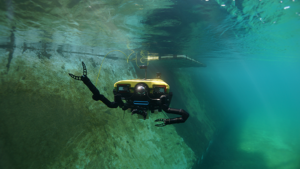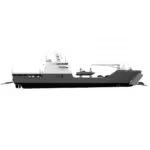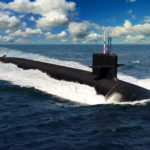
Nauticus Robotics this week announced it completed a live offshore demonstration of an autonomous vehicle to help clear subsea mines at greater distances, passing the first phase of a Defense Innovation Unit (DIU) program. In February 2022, DIU commissioned Nauticus to modify an existing mine countermeasure platform into an untethered autonomous drone “to remotely identify and neutralize subsea mines and other targets of interest and take U.S. Navy EOD divers out of harm’s way in the process.” This falls under…

 By
By 











